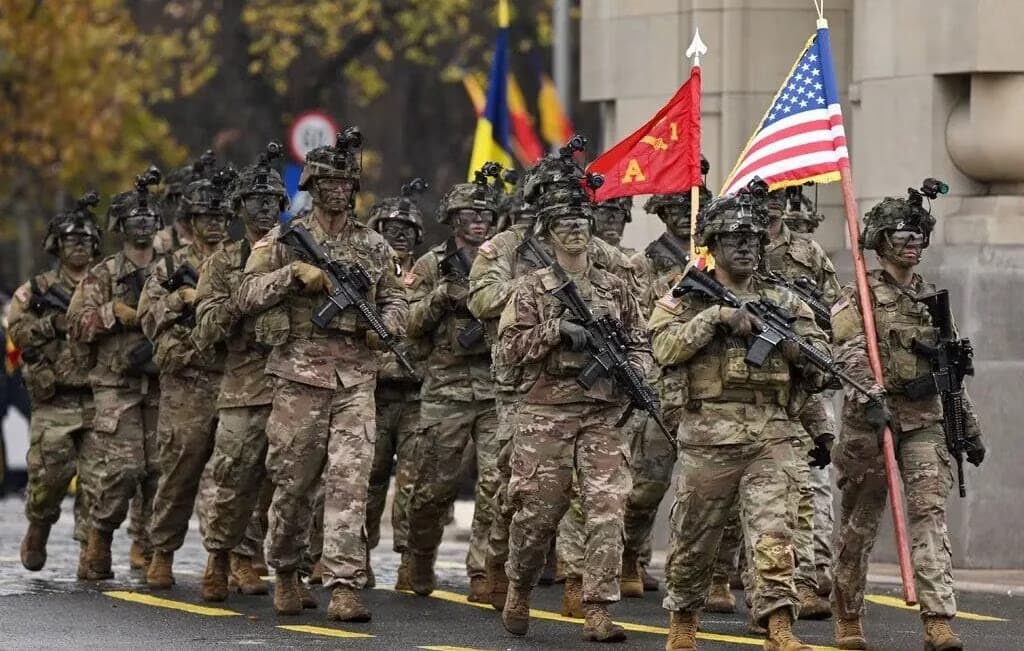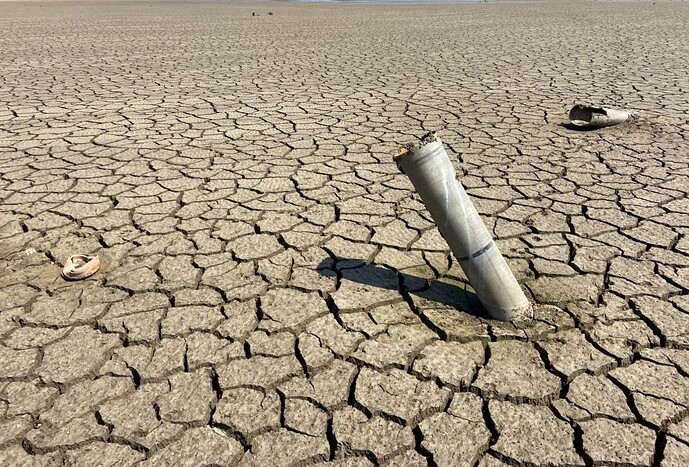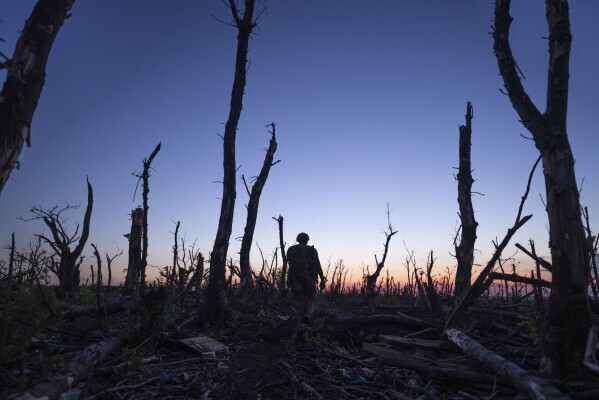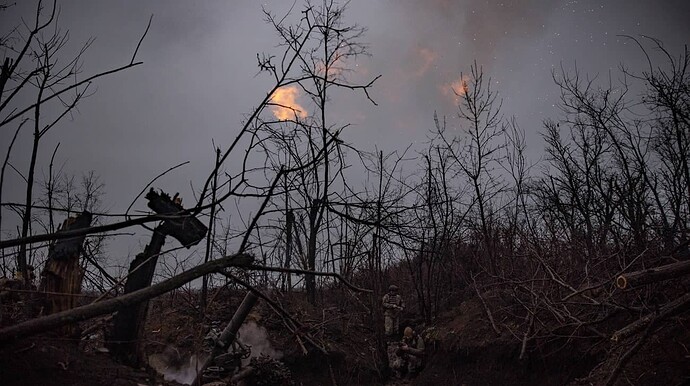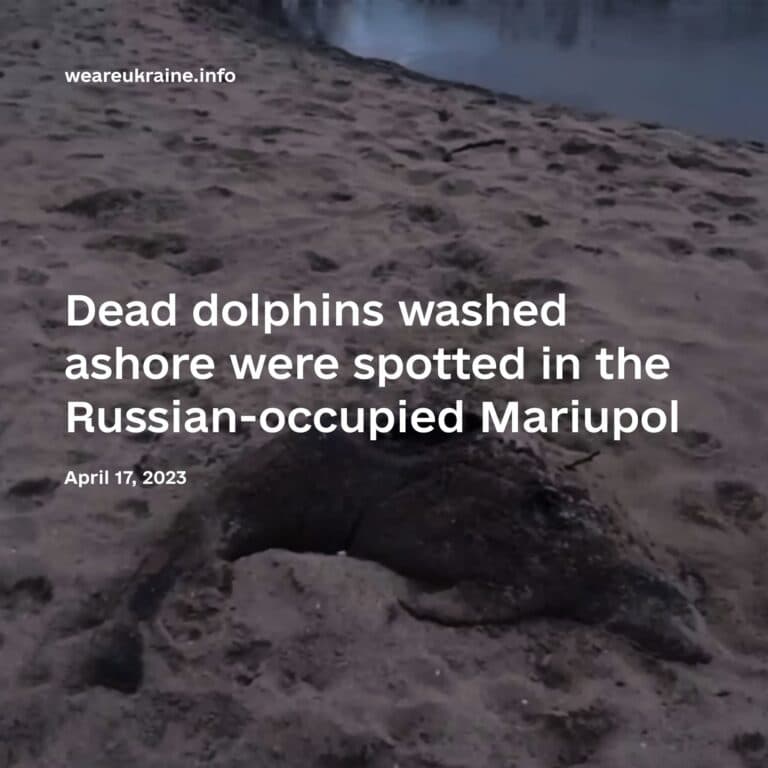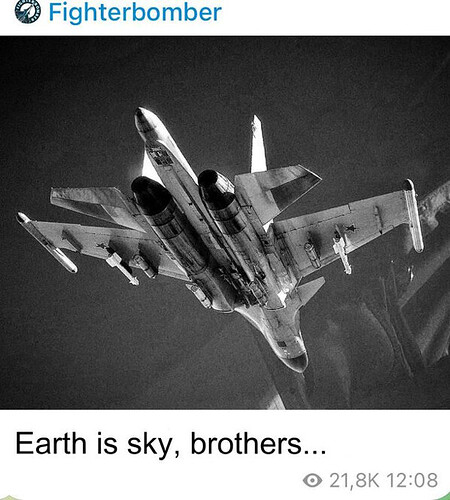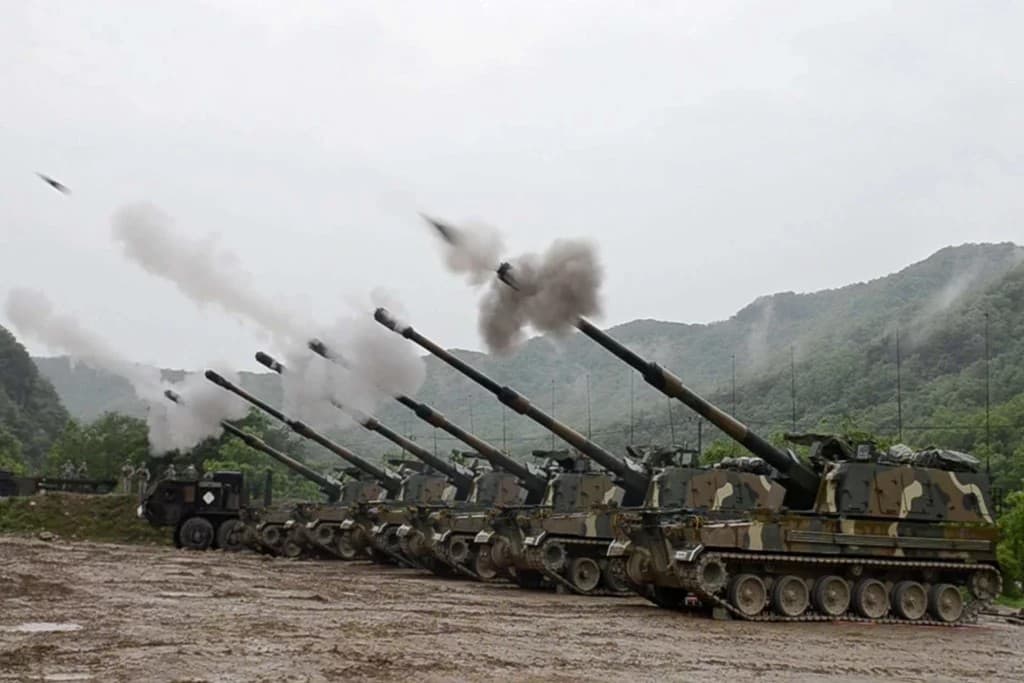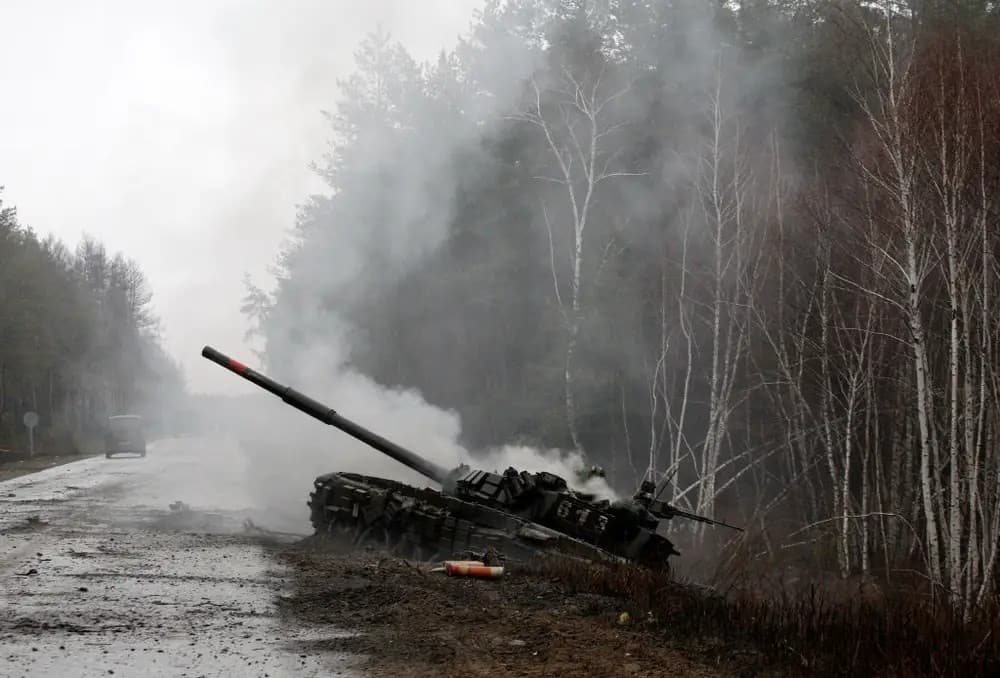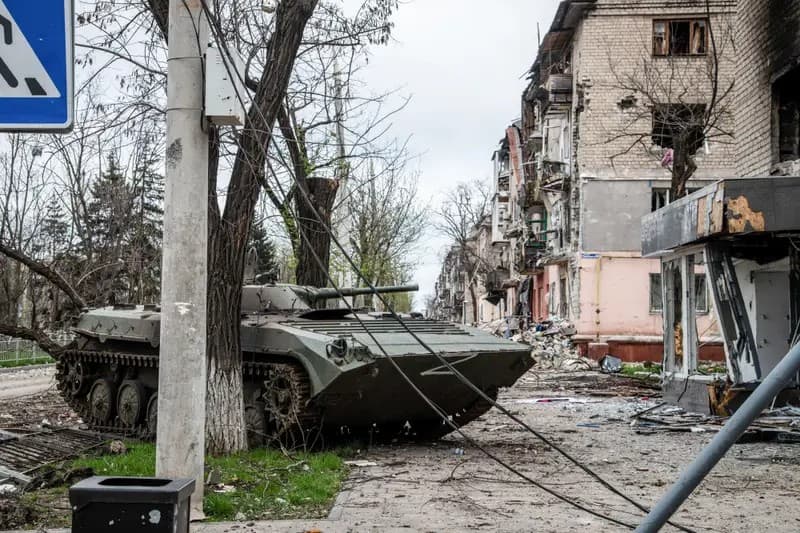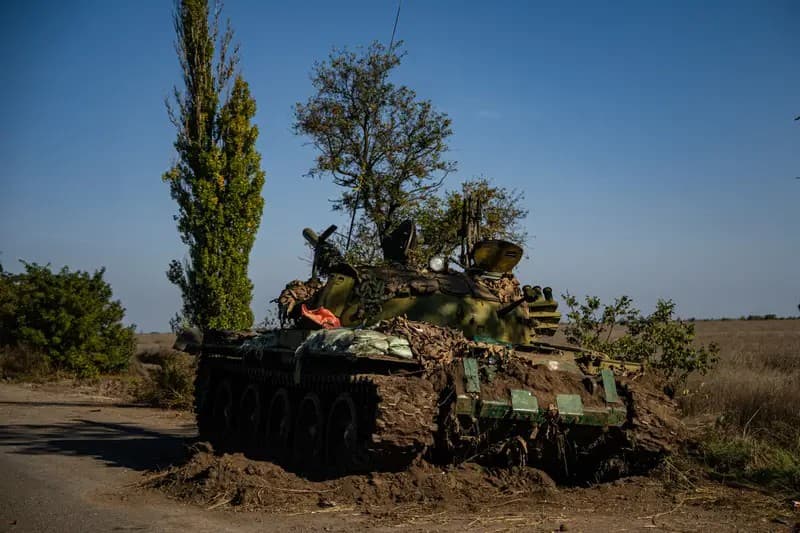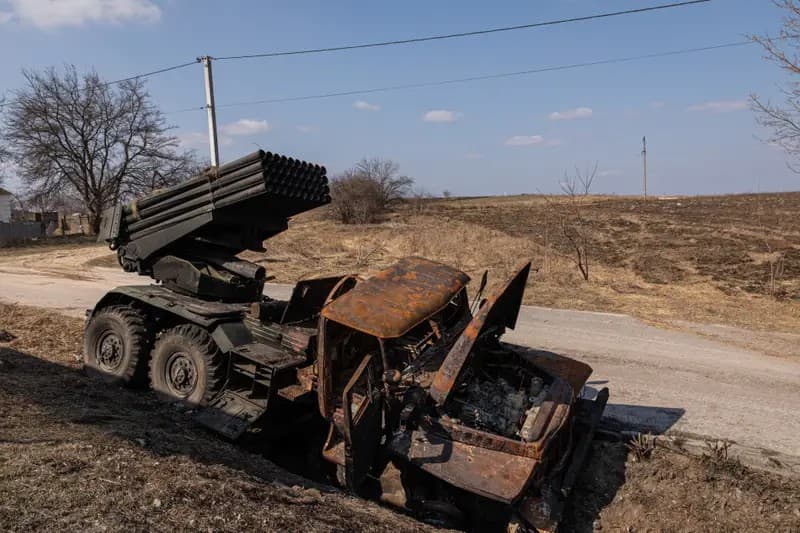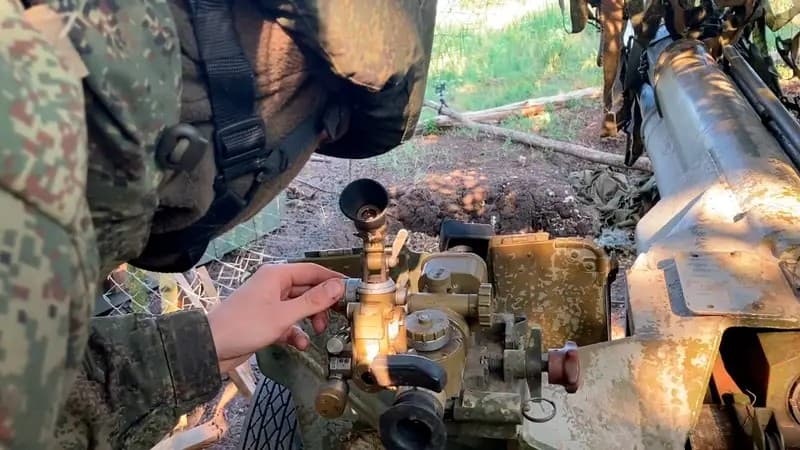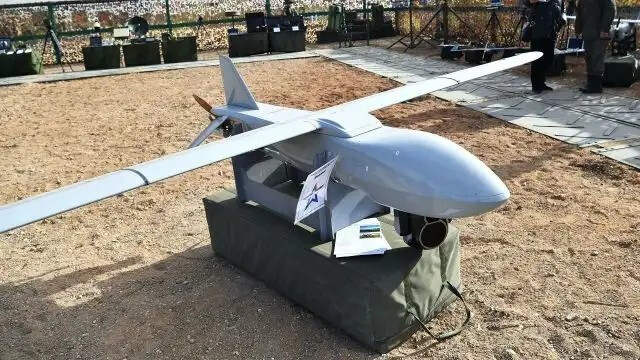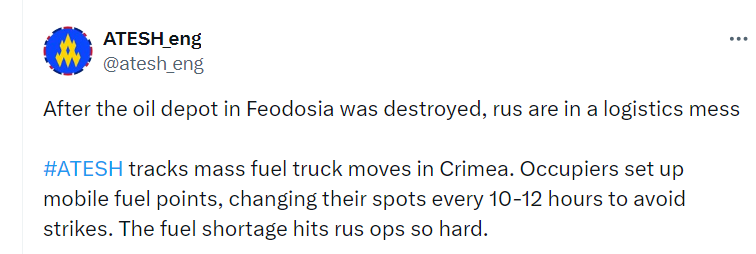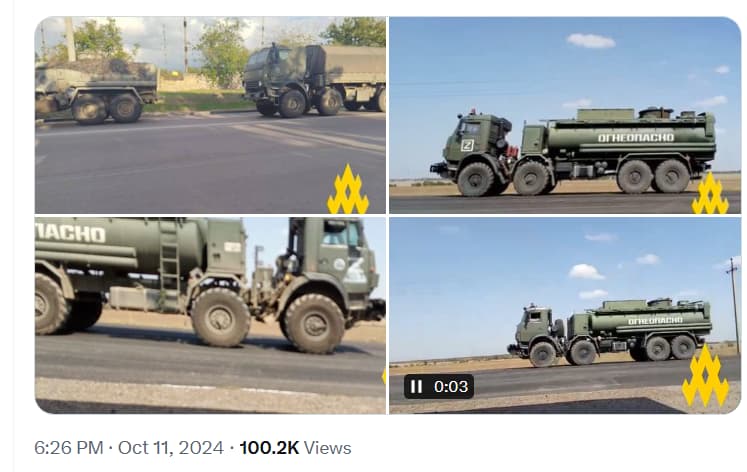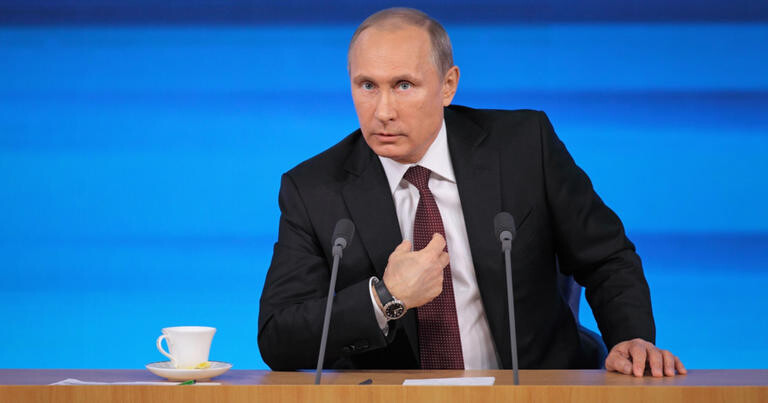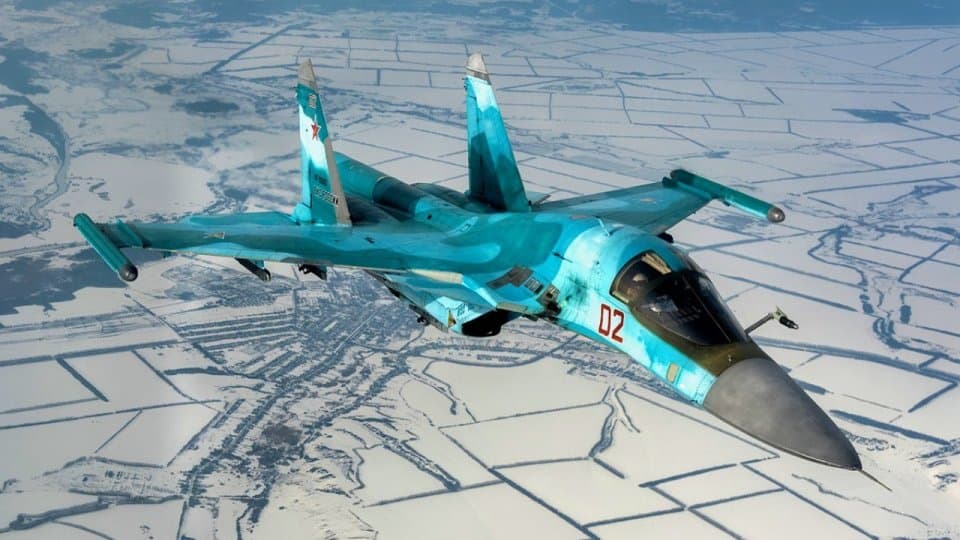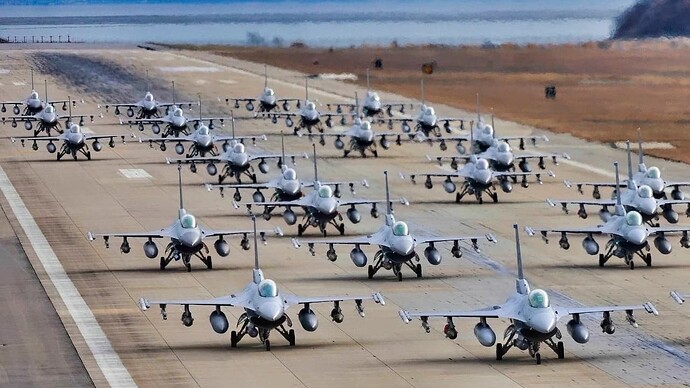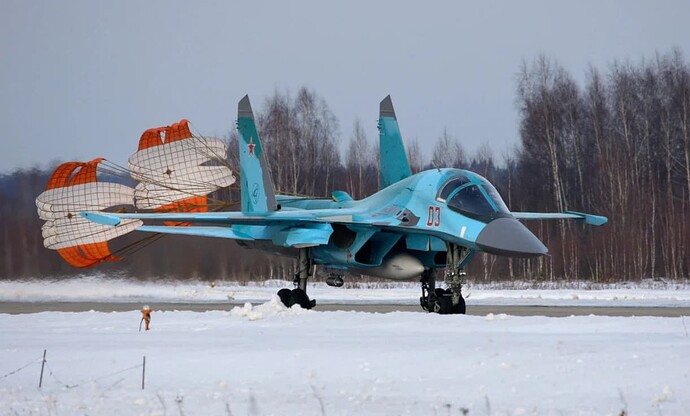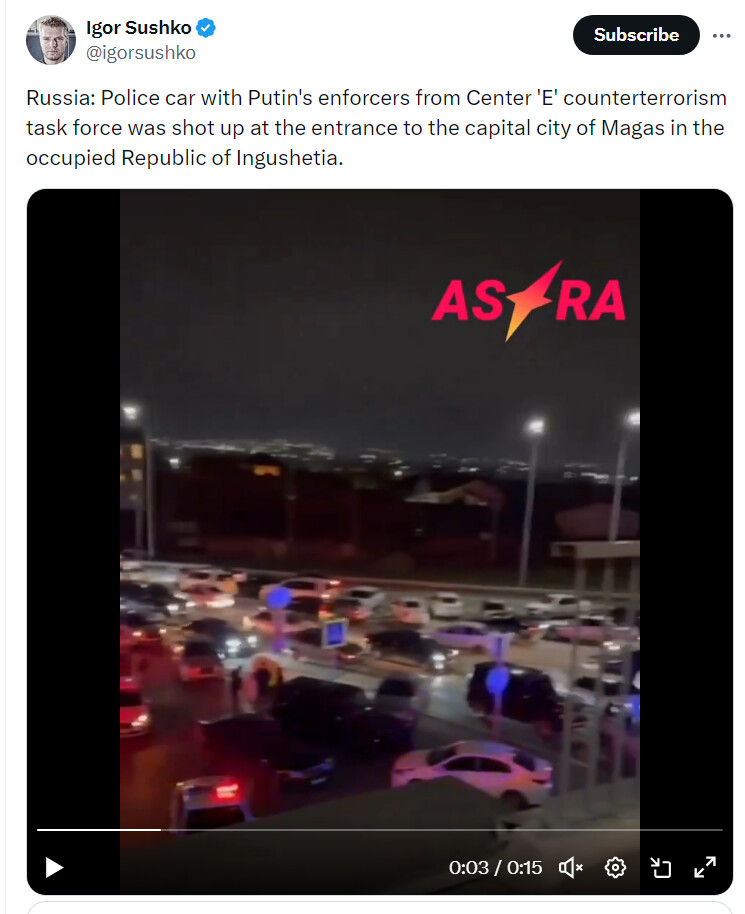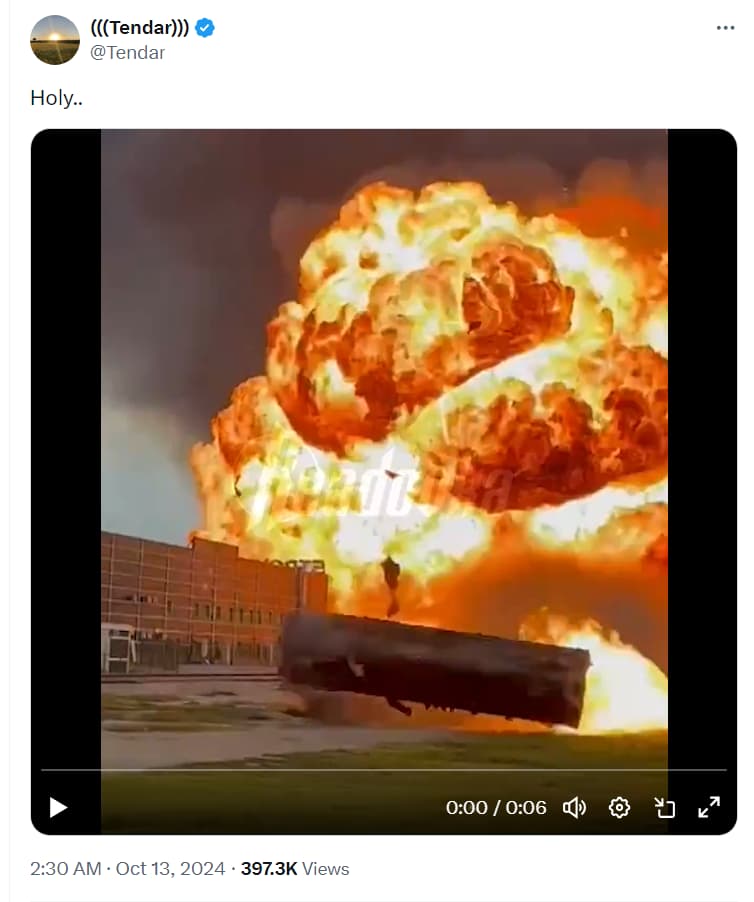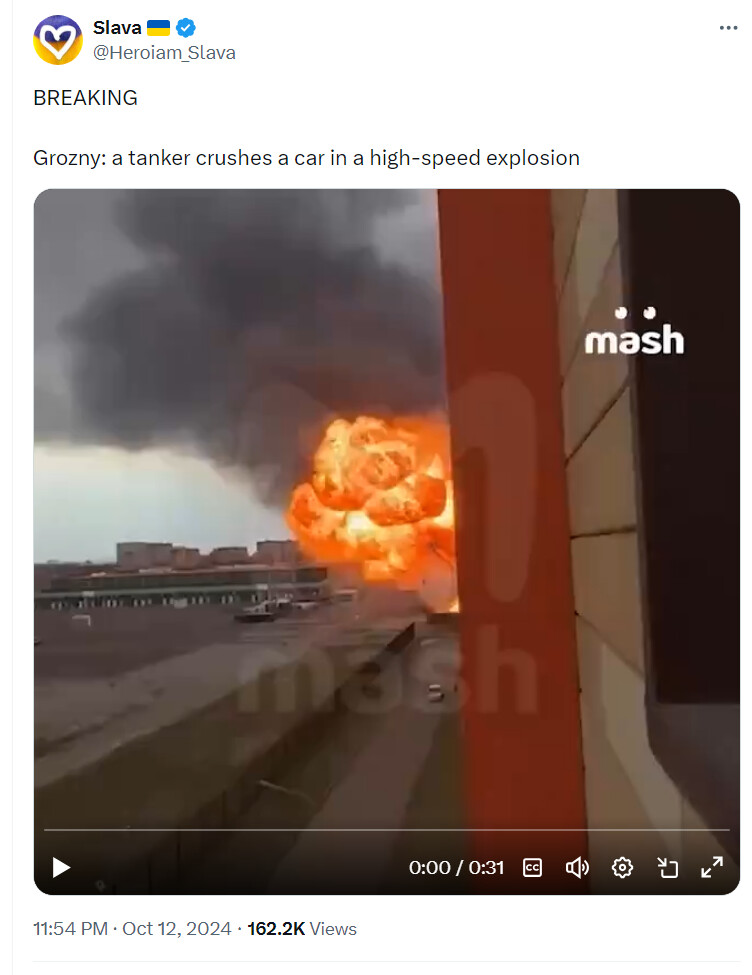Russia Budgets for its Forever War
Putin can still find the money for the war against Ukraine, but he will one day face the same dilemmas as his failed Soviet predecessors.
October 11, 2024
By Alexander Kolyandr
Russia is ready for a forever war, judging by its defense budget, which the government presented to the Duma in October. Military spending is once again breaking records although something important has changed; it’s now more reliant on taxes and less on oil export revenues.
The initial plans to reduce military spending in 2025 and 2026, following the supposed 2024 peak, have been abruptly overturned. It seems the appetite for war demands more sacrifices than anticipated, both material and human.
The Russian government has approved its draft budget for 2025 through 2027. It envisages military expenditure rising by almost a quarter to above 6.2% of GDP. It’s still below that of the USSR and the US at the peak of the Cold War, but it is now double the post-Soviet average.
The increase confirms that the economy has switched to a war footing. Even if the war in Ukraine ends soon, channeling money to the army and a bloated defense sector will remain a top priority.
As per the 2025 budget, the Kremlin is set to escalate military expenditure by a staggering 25%, reaching $140bn. This not only marks a post-Soviet record but also signifies a sustained high level of arms spending for the next three years.
At the same time, the government intends to run a budget deficit of no more than 1% of GDP and is not counting on any windfall income from oil revenue.
The regime expects oil and gas revenues, the primary fuel for Russia’s military machine in 2022, to decrease over the coming years. In 2025, it hopes to raise 10.94 trillion rubles ($115bn at current rates), which is 370 billion rubles less than this year’s plans. By 2027, Moscow expects energy revenues to drop to 9.77 trillion rubles. A fall in global oil prices, reduced production, and a lower tax burden are among the reasons cited for the decline by the finance ministry.
So, where does the money come from? Partly from the savings on everything else. For the first time on Putin’s watch, pure military expenditure is expected to rise above social spending, including social policy, education, and healthcare. Their modest rise is almost insignificant compared to that of the defense. Add in the expenditure on national security, which includes financing of border troops, the security apparatus and the like, total military and security budget is set to reach 16.7 trillion rubles, compared to social expenditure of 10 trillion rubles. This dislocation started in 2023 and is expected to run into 2025.
The consequence is that Russian living standards will no longer advance at the same rate. Although well-being is set to continue rising in material terms due to overall government stimulus and labor shortages, the pace of the increase will slow.
Salaries in real terms are set to rise 7% next year, down from 9.25% this year. By 2027, annual growth will be 4.1%. Real disposable incomes — a key measure of living standards — are set to slow even faster due to increased utility charges and rising borrowing fees. They will rise 7.1% this year, then 6.1% in 2025 and 3.4% in 2027.
The Kremlin regards non-oil taxes as its main source of money for a war it describes as existential.
The government expects an overall increase in its tax take, which is powered mainly by sales and corporate taxes. Tax revenues are expected to increase to 29.4 trillion rubles in 2025, up 18.4% from 2024. Thereafter more modest increases of 6.5% and 6.85% are penciled in for 2026 and 2027.
The extra income is partly due to economic growth since the more companies earn and the more the population consumes, the more taxes will be collected.
However, increases in overall tax rates contribute a larger share, not least because the extra revenue (including from a higher corporate tax rate) will be diverted into the federal budget and not given to the regions. Roughly speaking, a little over a third of the additional budget revenues are set to come from economic growth, with the rest from an increased tax load on businesses and the general population.
Moscow still plans to run a budget deficit over the coming years, albeit not a large one: 0.5% of GDP in 2025, or 1.17 trillion rubles, then 0.9% and 1.1% of GDP in the following two years. Historically, this is astonishingly low for a nation at war.
The government’s debt-to-GDP ratio, as predicted by the finance ministry, is set to reach just 18% in 2027 — a quarter of the average level seen in developing economies. This is not only a consequence of the authorities’ fiscally conservative policies over many years but also of the West’s long-threatened and now-enacted ban on investing in Russian state debt.
The state can also use its rainy-day National Wellbeing Fund. Technically, that would breach long-established rules and the government’s plans in the draft budget. But nothing in practice stops the Kremlin from doing whatever it wants. The fund is set to be worth just over 11 trillion rubles ($116bn), or 5.6% of GDP, at the end of 2024. By the end of next year, it is expected to climb to 12.88 trillion rubles. The authorities are also planning to replenish the fund, if possible.
True, oil prices might end up lower than projected, or the debt placement plan might need adjustment. However, so far, the figures do not back up rumors that the fund is on course for imminent depletion. Even if oil prices come in $10 a barrel lower than the projected budget figure of $69.70 for the coming year — at the projected dollar exchange rate — this would still leave the fund more or less where it is now.
The only real threats to the budget are a long-term slump in oil prices and, an increase in hidden or overt mobilization taking more workers out of the labor pool, a tightening of immigration policy, and a sharp rise in sanctions pressure, which might slow economic growth, create shortages and underinvestment in infrastructure, and reduce oil profits.
The chances of all that happening simultaneously in 12 months are low. But even if the war ends in 2025, Russia will still need to overspend on revamping its army for years to come.
And at some point, amid deteriorating oil revenue, a shrinking labor market, social exhaustion and ossification of the state bureaucracy, Putin will have to choose between social peace, military spending and economic stability, as did his Soviet predecessors 40 years ago.
Alexander Kolyandr is a Non-Resident Senior Fellow at the Center for European Policy Analysis (CEPA) specializing in the Russian economy and politics. Previously, he was a journalist for the Wall Street Journal and a banker for Credit Suisse. He was born in Kharkiv, Ukraine, and lives in London.
